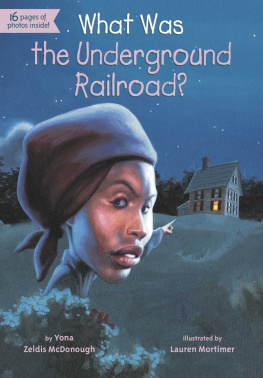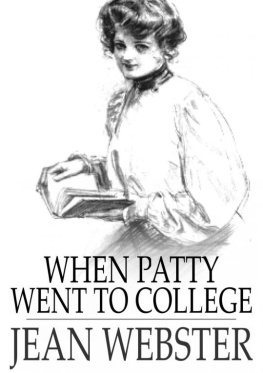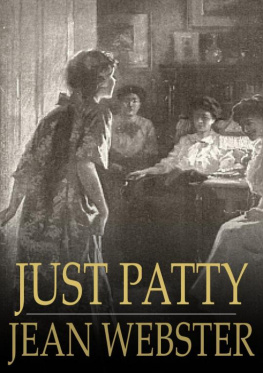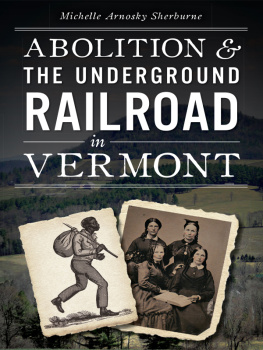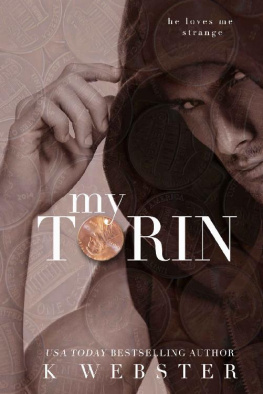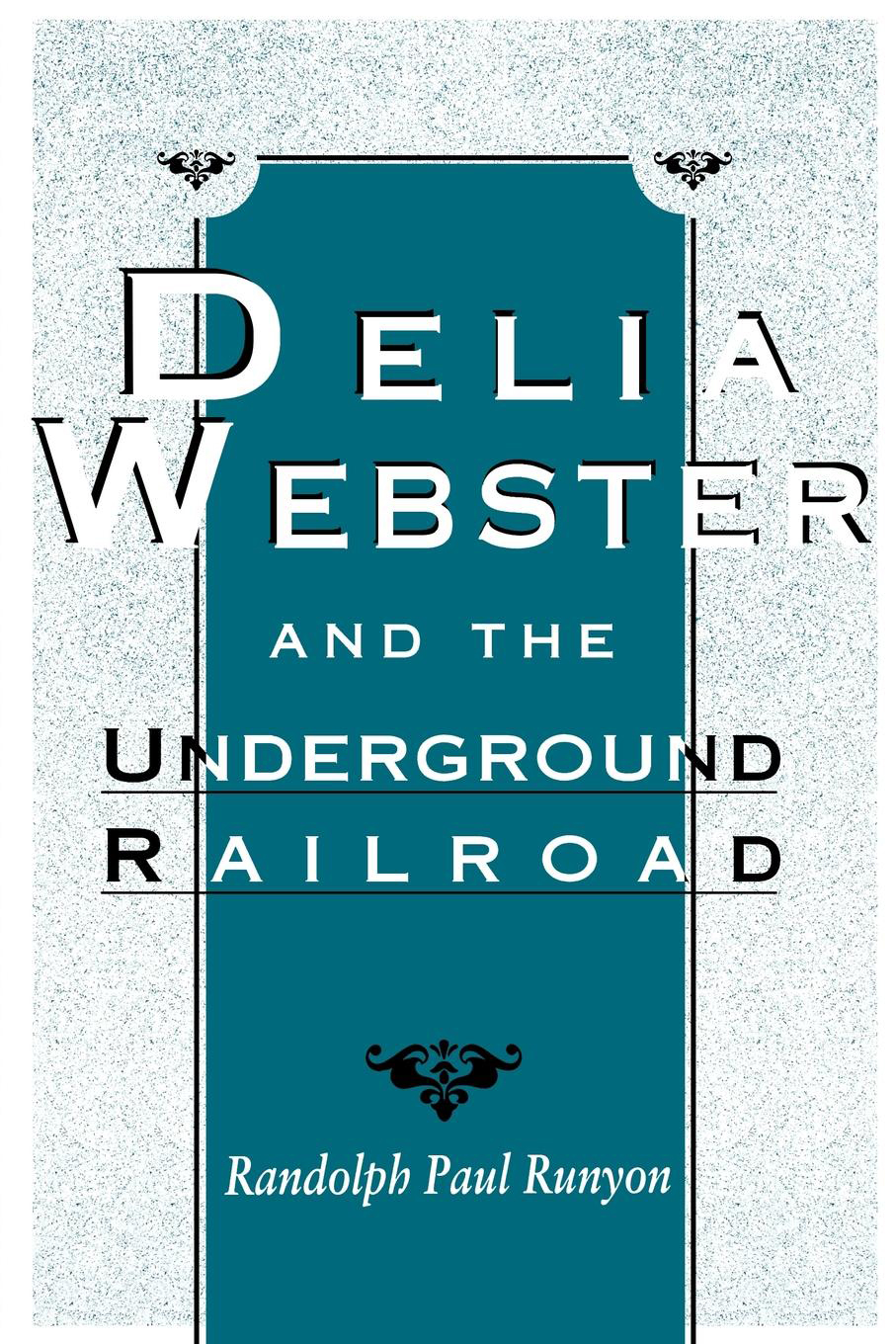DELIA WEBSTER
AND THE
UNDERGROUND RAILROAD

DELIA WEBSTER AND THE UNDERGROUND RAILROAD
Randolph Paul Runyon
Researched in collaboration with
William Albert Davis

Frontispiece: From a painting that belonged to Delia Webster, artist unknown. Jourtesy John Prentiss
Copyright 1996 by The University Press of Kentucky
Scholarly publisher for the Commonwealth, serving Bellarmine University, Berea College, Centre College of Kentucky, Eastern Kentucky University, The Filson Historical Society, Georgetown College, Kentucky Historical Society, Kentucky State University, Morehead State University, Murray State University, Northern Kentucky University, Transylvania University, University of Kentucky, University of Louisville, and Western Kentucky University.
All rights reserved.
Editorial and Sales Offices: The University Press of Kentucky
663 South Limestone Street, Lexington, Kentucky 40508-4008
www.kentuckypress.com
Library of Congress Cataloging-in-Publication Data
Runyon, Randolph, 1947
Delia Webster and the Underground Railroad / Randolph Paul Runyon ; researched in collaboration with William Albert Davis.
p. cm.
Includes bibliographical references and index.
ISBN 0-8131-1966-9 (cloth : alk. paper);
ISBN 0-8131-0974-4 (paper : alk. paper)
1. Webster, Delia Ann. 2. Women abolitionistsUnited StatesBiography. 3. AbolitionistsUnited StatesBiography. 4. Underground railroad. 5. Antislavery movementsUnited States. 6. KentuckyHistory17921865. I. Title.
E450.R86 1996
973.5'092dc20
[B]95-44094
ISBN-13: 978-0-8131-0974-9 (paper : alk. paper)
This book is printed on acid-free recycled paper meeting the requirements of the American National Standard for Permanence in Paper for Printed Library Materials.

Manufactured in the United States of America.

| Member of the Association of
American University Presses |
For Elizabeth,
and for Augusta and Ezekiel
who will one day write their own history
or maybe make it
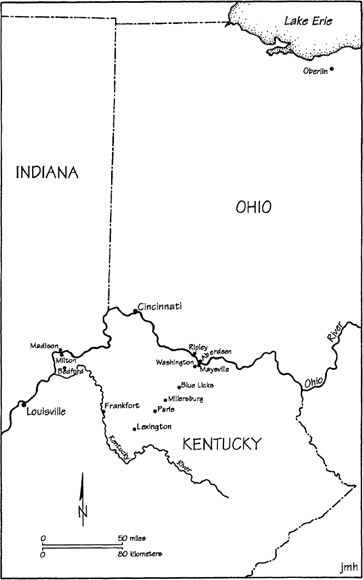
CONTENTS
ILLUSTRATIONS
ACKNOWLEDGMENTS
A decade and a half ago, idly perusing the books in the library of my stepfather, Earle D. Jones, of Maysville, Kentucky, I happened upon the story of Delia Webster and Calvin Fairbank in J. Winston Coleman, Jr.s Slavery Times in Kentucky. Fascination set in at once, fed by the Maysville connection, as well as a certain coincidence of names (I had labored for years over Dlie, a 1544 book by French poet Maurice Scve). Earle later caught mention in the Lexington Herald of an exhibition of Cindy Kellys paintings of women in Kentucky history, which included some of Delia (of whom at that time no likeness had come to light). Cindy put me in touch with William Albert Davis, who was equally obsessed with the story. Bill and I decided to combine our resources to assemble the material for this book. His skills as a genealogist have been especially helpful, for he it was who tracked down the descendants of the characters in this drama, to whom I am enormously grateful for their willingness to share family documents. These include Mrs. Hazel Young Winter, Mrs. Isabelle Pautz, Mrs. Galey Coleman, Bard and Gina Prentiss, John Prentiss, and Philip Fairbank.
The interlibrary loan personnel of the Miami University Library have done their utmost to make materials accessible, and gratitude must be expressed as well to librarians at the Indiana State Archives; the Indiana State Historical Society; Purdue University; the University of Kentucky; Ohio State University; Oberlin College; Columbia University; the University of Cincinnati; the Cincinnati Historical Society; the Addison Public Library in Vergennes, Vermont; the Madison-Jefferson County Public Library in Madison, Indiana; and the Boston Public Library.
The comments of readers for the University Press of Kentucky have improved this book in many ways. For the energy and conscientiousness with which they performed their task I am most grateful.
Most of all, thanks to my wife Elizabeth, who created the home environment that made it all possible.
Not to mention a certain chain of coincidences linking such disparate elements as the numerical structure of Scves poem, the Library of Congress cataloging system, and a crucial date in Delia Websters life, together with some uncanny events in my own. Some of this was anticipated, before I encountered Delia Webster, in my first book, Fowles/Irving/ Barthes: Canonical Variations on an Apocryphal Theme (Columbus: Ohio State University Press, 1981)for example, in the penultimate endnotes allusion to Karl Jungs Good Friday/April Fools Days synchronicities (F/I/B, 116n20).
1
DECEIVED IN THE DISTANCE
Shortly before five oclock on the afternoon of Saturday, September 28, 1844, Delia Ann Webster left her lodgings at the home of Mr. and Mrs. David Glass, on West Second Street in Lexington, Kentucky, and stepped into a hackney coach that the Reverend Calvin Fairbank had rented from Parker Craig. The fall racing season was at its height, and farmers and gentry alike from all over the state had converged on the city to see the best of breed in action. Webster and Fairbank, however, were not headed for the track. For what they had in mind to do with the carriage, however, the crowds of out-of-town visitors and vehicles on the streets would provide a useful cover.
Around the first of September, Fairbank had arrived in Lexington from Oberlin College, that hotbed of antislavery activity in the North. He had knocked on the door of the boarding house and asked the proprietress if a Miss Webster lived there. Her boarder had stepped out but was expected back soon, Mrs. Glass replied. Fairbank said he very much wanted to see her, that while they were not personally acquainted they did have friends in common. He would wait. While they chatted, Mrs. Glass may well have been favorably impressed by this handsome man of the cloth, a Methodist who did not overburden her with the depth of his piety, nor, indeed, reveal his abolitionist inclinations. Fairbank, well seasoned in the business of rescuing slaves, knew how to dissimulate.
When Webster returned, Fairbank introduced himself, and immediately asked if they could speak alone. They retired to the parlor and remained there together and alone for some time. When they returned, Webster asked Mrs. Glass if Fairbank could stay on as a boarder. Permission was granted, and during the month of September, Mrs. Glass later recalled, they would often hold long conversations together, though they seemed to want to avoid being seen doing so.
What Fairbank told Webster was that Gilson Berry, a slave who had escaped to Oberlin, had persuaded him to go into Kentucky to bring out his wife and children. Fairbank was counting on Miss Websters assistance, which she was quick to promise. Twenty-six years old and a native of Vergennes, Vermont, Delia Webster had first come to Kentucky in 1842 in the company of an Oberlin clergyman and his wife by the name of Spencer. Webster herself had studied at Oberlin, though only briefly in 1842. Together Webster and the Spencers gave painting classes in various towns in north-central Kentucky (including Flemingsburg, Georgetown, and Cynthiana) before establishing themselves in Lexington in July of 1843.



